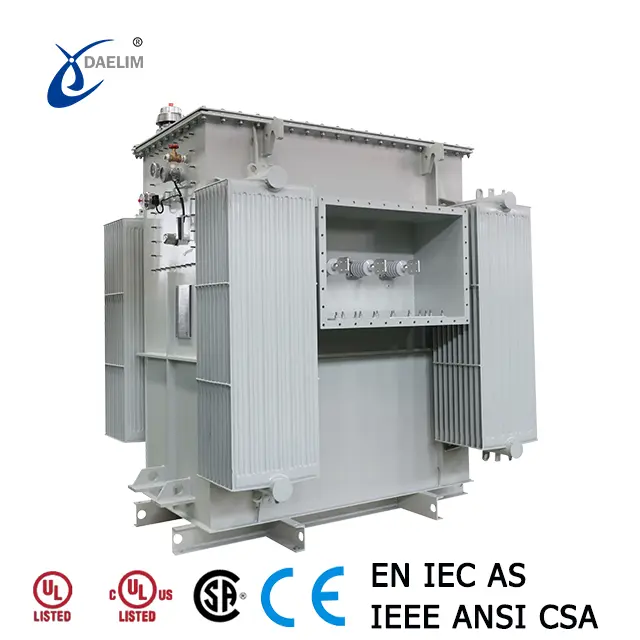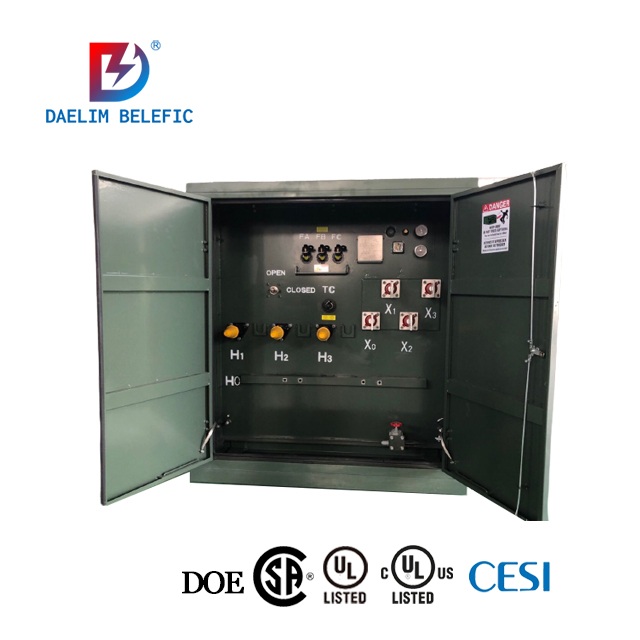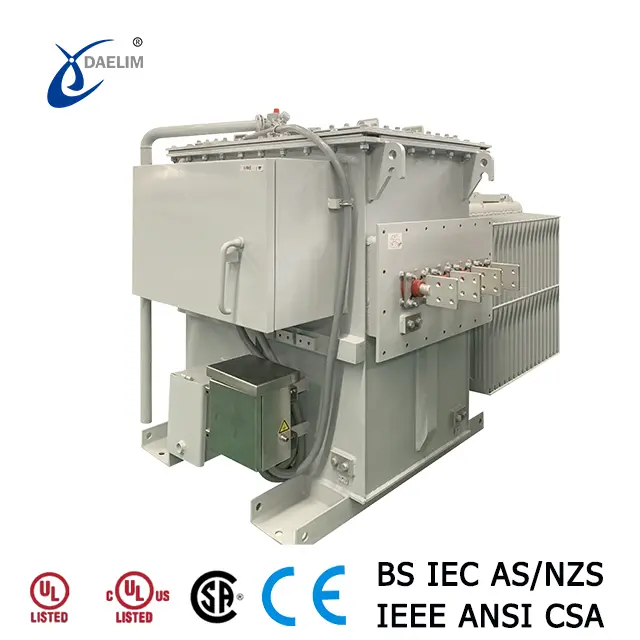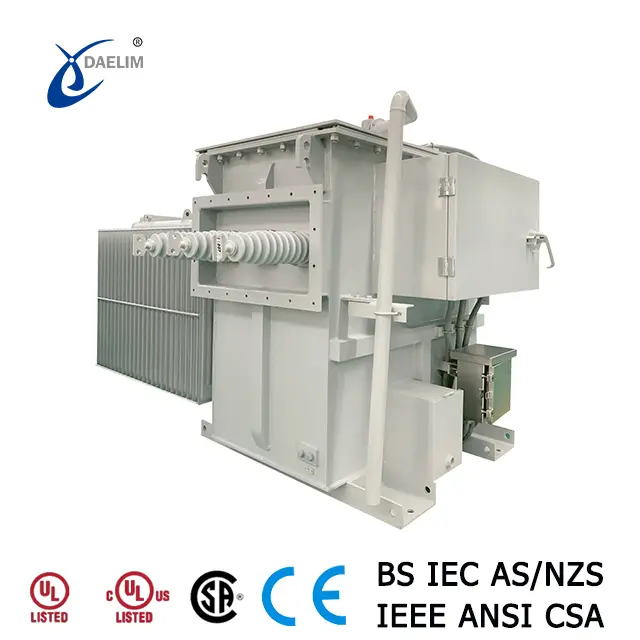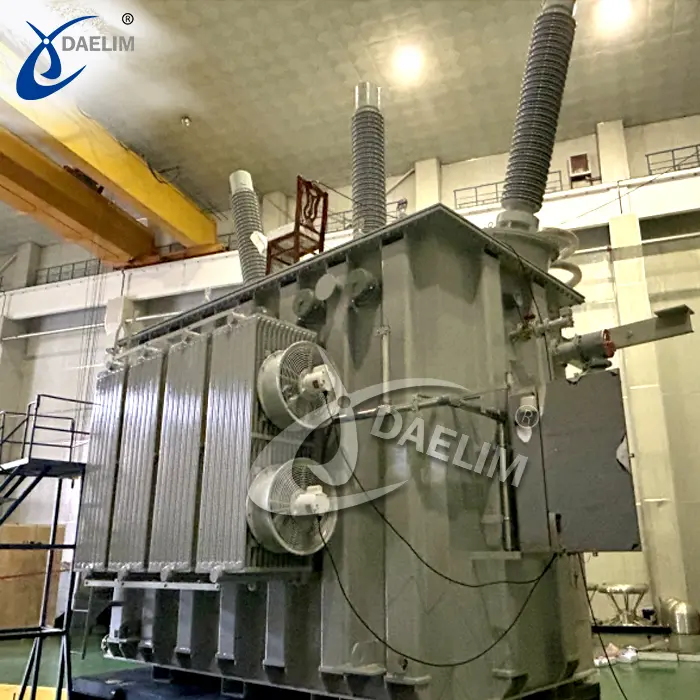Technical Requirements for Transformer Installation
Proper installation of transformers is crucial for operational safety and efficiency. Here are essential guidelines for transformer installation:
Support and Stability
-
Oil-immersed transformers should be securely installed on raised sleepers to prevent contact with the ground.
-
Dry-type transformers require stable horizontal placement on shockproof rubber pads (minimum 30mm thick) to reduce noise.
Bushing and Components
-
Ensure smooth, crack-free bushing surfaces post-installation.
-
Verify complete installation of bushing pressure bolts and integrity of transformer box to prevent oil leaks.
Bracket Construction
-
Brackets for transformer inlet and outlet must adhere to design specifications.
-
Maintain elevation and horizontal alignment within 5mm tolerance.
-
Ensure reliable connection to the grounding grid.
Cable Management
-
Seal high and low voltage cable trenches against fire and small animals.
-
Use appropriate terminal components and ensure clean, oxide-free connections with power compound grease.
Grounding Requirements
-
Grounding wire cross-section should be adequate (minimum 70mm²).
-
Independently connect oil-immersed transformer box and neutral point grounding wire to the main grounding grid with secure crimping or welding.
Safety Measures
-
Insulate exposed live parts effectively with high and low voltage insulation sheaths.
-
Avoid using magnetic wire metal binding for single-core cable fixation.
Electrical Connections
-
Use galvanized bolts with flat washers and spring washers for high and low voltage wiring connections.
-
Leave a thread exposure of 2 to 3 after tightening bolts.
Phase and Operation Checks
-
Ensure correct phase alignment and clear phase color markings for high and low voltage wiring.
-
Verify normal oil level through the gauge and release valve pressure before commissioning fully sealed transformers.
Safety Precautions
-
Install firefighting equipment per design specifications.
-
Non-enclosed transformers should have fixed fences with proper dimensions and safety signs.
Fan and Motor Operation
-
Securely install fan motors and blades ensuring smooth rotation without obstruction or vibration.
-
Verify correct phase sequence for three-phase power supply to prevent fan malfunction.
-
Ensure temperature control devices operate accurately.
Adherence to these technical requirements ensures the safe and efficient installation of transformers, optimizing their performance and longevity in electrical systems.
Related Products
Related Article
Temperature Protection and Maintenance for Transformers
Transformers require precise temperature protection, monitoring insulation grades, and appropriate oil types. Dry-type transformers trip at 130°C, oil-immersed at 90°C. In cold climates, FR3 fluid is recommended for its effective performance at -50°C.
Advantages of Transformer Yyn0 Vector Group
The Yyn0 vector group transformer offers distinct advantages in suppressing high-order harmonic currents and managing low-voltage single-phase ground short-circuit faults. However, it does have limitations regarding the handling of single-phase unbalanced loads, where the Dyn11 connection demonstrates superior performance. These characteristics should be carefully considered when selecting the appropriate transformer connection for specific applications to optimize performance and reliability.
Impact of Operating Temperature on Transformers
Maintaining an optimal operating temperature is crucial for the longevity and reliability of transformers. Excessive temperatures accelerate the aging process of the winding insulation, leading to a significant reduction in service life. Ensuring that the hottest point temperature remains within safe limits can help in maximizing the operational lifespan of transformers and maintaining their performance. For long-term efficiency and reliability, it is essential to monitor and control the operating temperature of transformers.
Transformer Drying Methods and Procedures
The article outlines transformer drying methods: oil tank iron loss, zero-sequence current, and vacuum dehumidification, emphasizing controlled heating and moisture removal for enhanced insulation reliability.
Transformer Oil Aging, Regeneration, and Purification
Effective management of transformer oil ensures prolonged equipment lifespan and reliable performance in electrical applications.
Protection and Maintenance Methods for Oil Transformers
Prevent oil transformers from moisture and leakage, regularly monitor oil levels and temperature, ensure proper installation, and timely oil changes and drying. Pay special attention to storage time, sealing, and maintenance to ensure normal operation and insulation performance.


